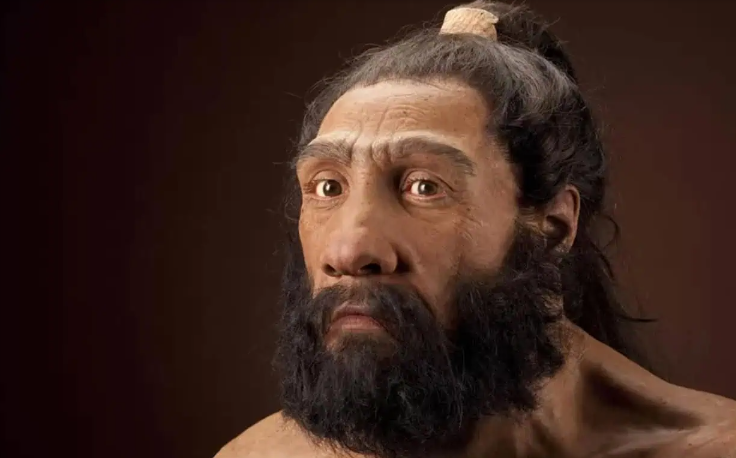Oldest Human Viruses Unearthed in 50,000-Year-Old Neanderthal Bones (GS Paper 1, History)

Introduction
- In a groundbreaking discovery shedding light on the mysterious demise of Neanderthals, molecular scientist Marcelo Briones and his team have uncovered viral DNA fragments in ancient Neanderthal bones dating back 50,000 years.
- This revelation offers unprecedented insights into the potential role of ancient viruses in the extinction of our closest evolutionary relatives.
Background and Previous Theories
- Neanderthals once roamed Eurasia but vanished abruptly around 40,000 years ago.
- The reasons behind their extinction have long been debated among scientists, with theories ranging from environmental changes and competition with modern humans to the possibility of pandemics.
New Evidence of Ancient Viruses
- The latest study, focusing on Neanderthal remains from Russia’s Chagyrskaya cave, has identified viral DNA resembling adenovirus, herpesvirus, and papillomavirus.
- These findings suggest that Neanderthals may have suffered from diseases akin to those afflicting modern humans.
Methodology and Challenges
- Extracting and sequencing DNA from ancient remains present formidable challenges due to degradation over time.
- Despite these obstacles, Briones’ team managed to detect viral genomes hinting at the potential presence of these pathogens in Neanderthal populations.
Insights into Neanderthal Extinction
Timeline and Interbreeding
- Neanderthals vanished approximately 40,000 years ago, with the last confirmed evidence of their existence found in Gibraltar.
- Genetic studies indicate interbreeding between Neanderthals and Homo sapiens, with up to 2% of modern Eurasian DNA traced back to Neanderthal ancestry.
Possible Extinction Factors
- Theories surrounding Neanderthal extinction include climate change, dietary constraints, and competition with modern humans.
- The rapid disappearance of Neanderthal tool culture, known as Mousterian, aligns with their extinction timeline.
Vulnerabilities and Adaptability
- Neanderthals, characterized by robust physiques, likely required more energy, rendering them vulnerable during resource scarcity.
- Their lower birth rates and smaller communities may have hindered their ability to adapt swiftly to changing environments.
Advancements in Ancient DNA Analysis
- Human understanding of evolution has been revolutionized by the revelation of interbreeding between Homo sapiens and Neanderthals approximately 50,000 years ago.
- Techniques like shotgun sequencing enable the recovery of DNA from severely degraded samples, facilitating the study of ancient plagues by identifying pathogens in millennia-old remains.
Conclusion
- The discovery of ancient viral DNA in Neanderthal bones opens up new avenues for understanding their extinction.
- By unraveling the genetic mysteries of our evolutionary past, scientists continue to piece together the intricate tapestry of human history and the forces that shaped it.


